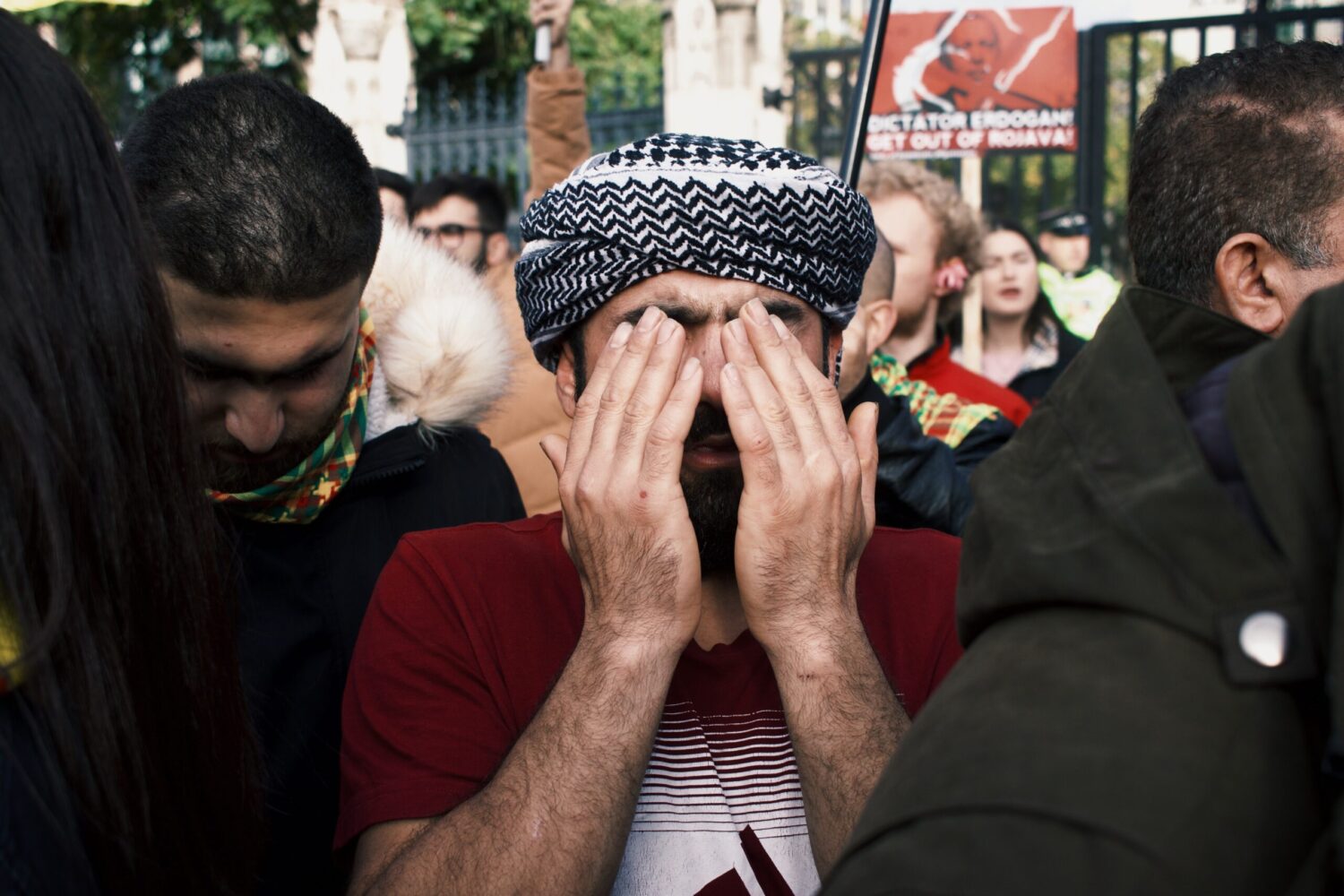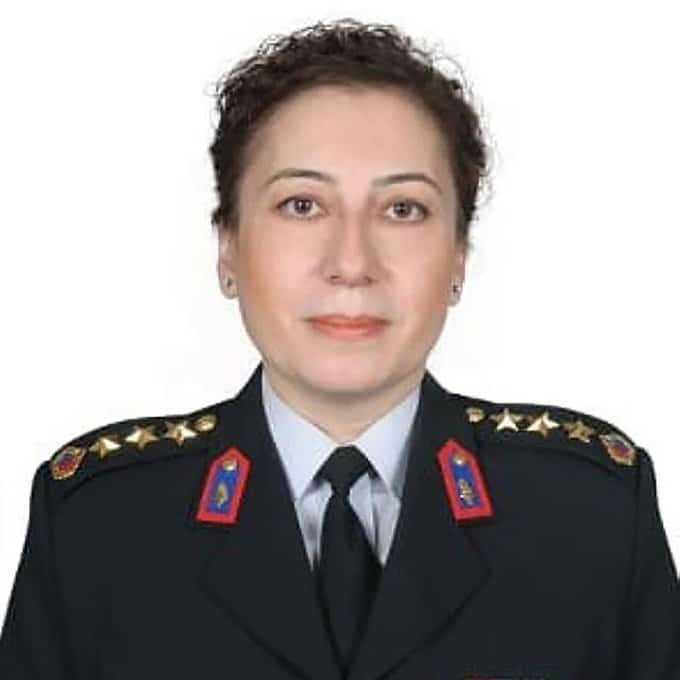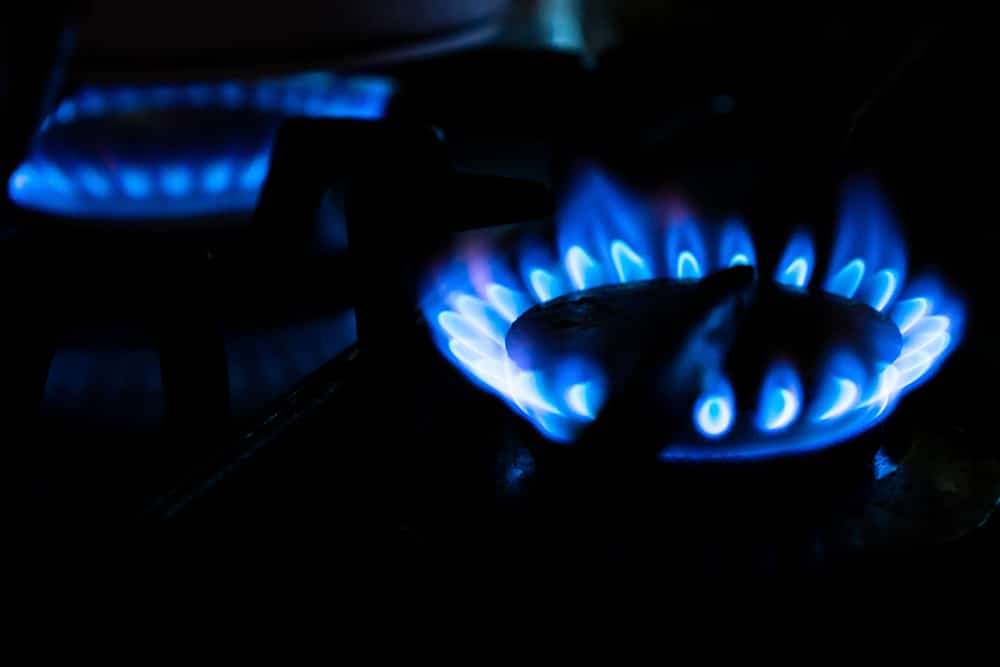Conflict has rocked the Alevi community, Turkey’s second-largest religious community after Sunnis, though not officially recognized. The occasion was a visit by Turkish President Recep Tayyip Erdoğan to the Alevi temple (jemevi) “Hussein Gazi” in the Mamak district of Ankara, which is under the management of the “Hussein Gazi Art and Culture Foundation” with chairman Huseyn Yoz, called “dede” (according to Alevi terminology – leader).
For many years, this is the first visit of the Turkish president to an Alevi temple. Erdogan timed his visit to coincide with the holiday of Muharrem Aya (month of Muharram, the first month of the Islamic calendar), which also includes a 10-day fast (oruch), broken by Muslim tradition with an iftar dinner.
In all probability the visit would not have transgressed the bounds of respect for the holiday and tolerance, as it was probably intended, had not something happened which to the general public might seem strange and unimportant. It turned out that because of Erdoğan’s visit, the portrait of the Prophet Hazrat Ali (Holy Ali), nephew and son-in-law of the Sunni Prophet Muhammad (affection for the Prophet Ali was elevated to a cult at the Alevis) and Hünkyar Hadji Bektash-i Veli, considered a religious leader, and also the founder of the Republic of Turkey, Mustafa Kemal Atatürk.
The Alevi Federation (AVF), which unites the community’s associations, accused the hosts from the Hussein Ghazi Art and Culture Foundation of provoking a split and confrontation among the Alevis in favor of the ruling Justice and Development Party (AKP) and the president. According to AVF President Haydar Baki Dogan, the Hussein Ghazi Art and Culture Foundation is part of the Federation. But the information about such an important visit as that of President Erdoğan was not shared with her leadership.
In an interview with T24, he said the following:
“The foundation, without our knowledge, presented the presidency with a list of seven people who hosted the event. But that’s not the main thing. More importantly, the portraits of Hazrat Ali, Hunkar Haji Bektash-i Veli and Atatürk are permanent inventory to each jamevi, without which it is not possible for it to be a temple for rituals and visits. And their removal is a deep insult and disrespect to the primal feelings of the Alevis. Moreover, in our temple it is not accepted to break the oruch (fast) in the central hall , as they did during Erdoğan’s visit. This is done in another room (the dining room). All this harms the religious feelings of our members and we consider it a deep provocation aimed at confronting and dividing the community through the Foundation. Here why did we initiate a procedure to exclude her from the Federation”.
From the Association of Democratic Alevis and the Pir Sultan Abdal Culture Association, they also jumped against the visit, accusing the ruling AKP and the president of hypocrisy and double standards.
“Dzemevi is a place of worship, a holy place, not a place to receive official guests. There are offices for that. Is it when we ask for a meeting with the president or some responsible person, they schedule a meeting for us in their mosques. Wasn’t President Erdoğan the one who called the james “houses of fun”. What has changed that he now entered such a house?” said Ismail Atesh, secretary of the Pir Sultan Abdal Foundation.
The head of the Hussein Gazi Foundation, Dede Hussein Yoz, who hosted Erdogan’s visit, confirmed that the visit had caused a deep conflict, which he said was not justified.
Hussein Yoz told the pro-government Hurriyet newspaper that the visit was a sign of respect.
“The President was accompanied by Vice President Fuat Oktay, Minister of the Interior Suleyman Soylu, Minister of Culture and Tourism Mehmet Nuri Ersoy and the Spokesman of the Presidency Ibrahim Kalan, who came to visit us out of respect. I believe that the visit is very important for the Alevi community. In the laws of our country, Jamevi temples do not appear as places of religious worship, despite the decision of the European Court of Human Rights, which was not implemented by the state rulers. Maybe this visit will be an occasion to finally make it happen”.
Another scandal unfolded against the backdrop of attacks on three Alevi temples in Ankara two weeks ago. The police arrested a 30-year-old man from Izmir, who, according to his own confession, had carried out the attacks on his own. However, three other people were subsequently detained in connection with the case.
Police have determined that the attacks were planned or ordered. Certain forces are believed to be deep at the heart of the attack.
A few years ago, nationalist elements attacked opposition leader Kemal Kulçdaloğlu, a representative of the Alevi community, while he was meeting with voters. Thanks to Kulçdaroğlu’s security, the opposition leader’s life was saved.
Information also appeared that in a number of cities in Turkey, various signs were placed on the homes of Alevis.
Among the most tragic dates in the modern history of the Alevis is the arson in 1993 of a hotel in the city of Sivas, in which 37 people, prominent representatives of the intellectual elite of the Alevis, died. The arson was carried out by fanatical Sunni Islamists after prayers at the mosque.
According to various data, the Alevis in Turkey number about 12-15 million people, which represents 15 percent of the Turks. At the same time, however, many Alevis do not dare to advertise themselves for fear of being harassed by the authorities. The dominant religion in Turkey is that of the Sunnis, who are considered the only “orthodox” ones.
The Alevi community in Turkey is considered a pillar of the secular nature of the state (for this reason, the portrait of Atatürk is an invariable attribute in jamves) and of the equality between different faiths. They are among the most serious critics of President Recep Tayyip Erdogan and his Islamic-conservative Justice and Development Party.
The leader of the main opposition force – the People’s Republican Party (NRP) – Kemal Kulçdaroğlu is Turkey’s most prominent Alevi politician. Traditionally, the Alevis constitute the core of the NRP electorate.
Media close to the opposition link Erdogan’s visit to next year’s presidential and parliamentary elections. They define the visit as a tactical move by Erdoğan, who will run for president again, aiming to attract part of the community’s representatives to vote for him.
Journalist Ihsan Charalan of the opposition newspaper “Diken” wrote that “with this visit, Erdogan aims to hit three birds with one stone: to denounce the latest attacks, to reassure his supporters, namely the Sunni Islamists, that he actually visited an Alevi cultural foundation and ultimately split Alevi unity.”
And according to the commentator from the opposition newspaper Sozju Deniz Zeyrek, Erdoğan’s visit to the Alevi temple in Ankara is definitely a pre-election tactical move.
“I don’t know if the Alevis will appreciate this move by the president as a sincere gesture to vote for him, he writes, but it is clear that Erdogan is aware that in order to win a new mandate he will have to attract to his side the supporters of Atatürk, who they truly love him, those who declare themselves against corruption, lawlessness and want an active fight against them, as well as the voices of the Alevis. And at the same time, he is aware that he will not win without attracting the votes of the Kurds to his side, if, of course, he manages to overcome the resistance of his partner, the nationalist Devlet Bahceli”.
Photo by Sushil Nash on Unsplash














